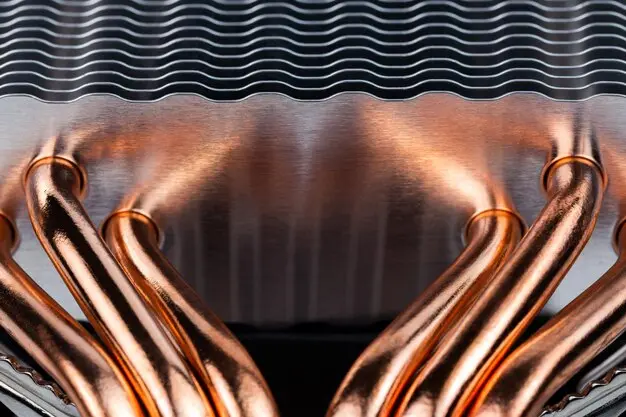How to calculate the cooling capacity and heat exchanger area?
The calculation method of cooling capacity will vary depending on the specific situation, the following are some common formulas and methods:
Calculation by evaporation capacity and evaporation heat: cooling capacity = evaporation capacity × evaporation heat. Among them, the evaporation amount refers to the evaporation amount of refrigerant per unit time, and the evaporation heat refers to the heat absorbed by the refrigerant per unit mass during the evaporation process.
Calculation method of heat exchange area of air condenser: cooling capacity + compressor motor power ÷ 200 ~ 250 = heat exchange area of condenser.
There are also many ways to calculate the area of the heat exchanger. The following is the formula for calculating the area of the shell and tube heat exchanger: S = 3.14 × n × d × L, where S is the heat transfer area (m^2), n is the number of tubes of the bundle, d is the diameter of the tube and L is the length of the tube.
In practical applications, many factors need to be considered, such as the type of heat exchanger, working conditions, and the nature of the refrigerant. Different types of heat exchangers may have different calculation methods and correction factors.
For example, for the wet air enthalpy difference method, it is suitable for dealing with the heat exchange between air and refrigerant; The efficiency-heat transfer area rule calculates the required area by setting the heat transfer efficiency; Empirical formula rule is based on a lot of practical experience, has the characteristics of simple and easy. In addition, the heat exchanger area can be determined by means of chart checking and other methods.
If you need to calculate the cooling capacity and heat exchanger area more accurately, it is recommended to refer to the relevant professional books, standard specifications, or consult a professional engineer. At the same time, the specific calculation may be more complex, requiring a detailed understanding of the system parameters and working conditions.



















